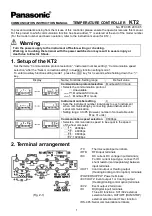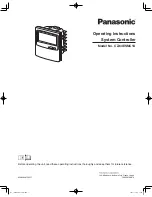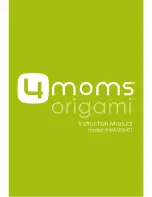
98
Capacity
controller RS8HF102 © Danfoss 2017-07
AK-PC 772A
Safety functions
Signal from the compressor’s safety controls
The controller can monitor the status of each compressor’s safety
circuit. The signal is taken directly from the safety circuit and
connected to an input.
(The safety circuit must stop the compressor without involving the
controller).
If the safety circuit is cut out the controller will cut out all
output relays for the compressor in question and give an alarm.
Regulation will continue with the other compressors.
Liquid injection in common suction line
The discharge pressure gas temperature can be kept down by
means of liquid injection into the suction line. (Not IT circuit).
• With a thermostatic expansion valve in series with a solenoid
valve. The solenoid valve is connected to the controller.
Control can be carried out in two ways:
1. The liquid injection is exclusively controlled on the basis of the
superheat in the suction line. Two values are set – a starting
value and a differential where the injection is stopped again.
2. The liquid injection is both controlled by the superheat (as
described above) and by discharge temperature Sd. Four
values are set – two as mentioned above and two for the Sd
function, a starting value and a differential. The liquid injection
is started when both starting values have been passed, and is
stopped again when just one of the two functions cuts out.
• Direct using an electrically operated expansion valve of the type
AKV
Four values are adjusted -- a start value for the Sd temperature,
min. and max. values for overheating and a period time for the
AKV valve.
The pulse width modulating signal for the AKV valve shall be
taken from one of the controller's four solid state outputs.
Time delay
A time delay can be set which ensures that the injection is delayed
during start up.
Oil pressure safety
Over current safety
Motor protect. safety
Discharge temp. safety
Discharge pressure safety
If a low-pressure switch is placed in the
safety circuit it must be placed at the end of
the circuit. It must not cut out the DI signals.
(There is a risk that the regulation will be-
come locked and that it will not start again).
This also applies to the example below.
If an alarm is needed which also monitors
the low-pressure thermostat, a “general
alarm” can be defined (an alarm that does
not affect the control).
See the following section “General monitor-
ing functions”.
Extended safety circuit
Instead of a general monitoring of the safety circuit this monitoring function
can be extended. In this way a detailed alarm message is issued which tells you
which part of the safety circuit has dropped out.
The sequence of the safety circuit must be established as shown, but not all of
them need necessarily be used.
Common safety circuit
A common safety signal can also be received from the whole suction group. All
compressors will be cut out when the safety signal cuts out.
The function may not be connected to an external main switch.
General safety circuit
















































